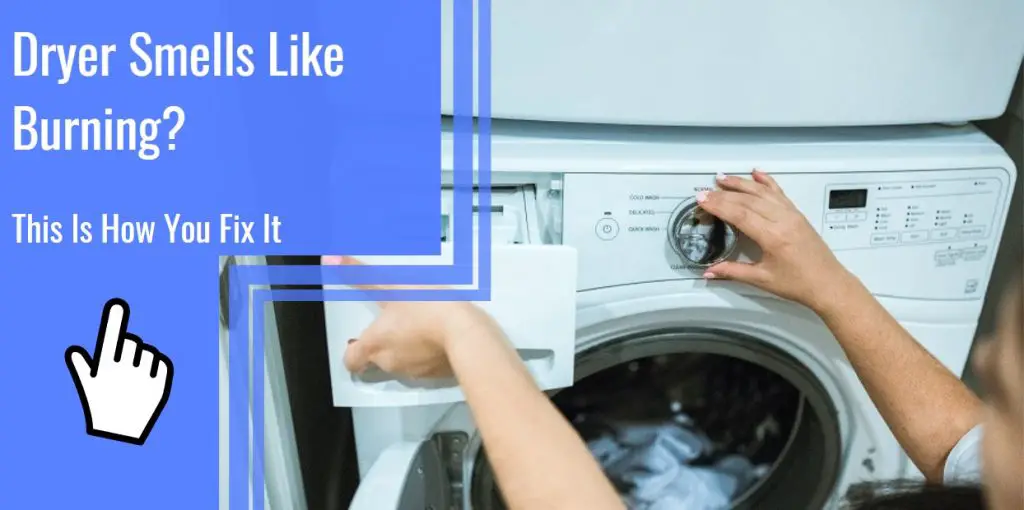What you find on this page:
Refrigerator repair is a very important part of home maintenance. If you notice any signs of malfunction, either try to troubleshoot it yourself or contact a professional immediately. If you’re having trouble fixing or replacing it, you’ve come to the right place. This mini fridge troubleshooting guide will teach you how to fix common problems.
Reasons Why Mini-Fridge Is Not Cooling
There are a few reasons why your mini refrigerator might not be cooling properly. Here they are:
1. If the Compressor is Running
The compressor is what keeps the cold air inside the mini-fridge. It ensures that there is enough refrigerant in the system and that the coils are working efficiently.
The refrigerator may have a faulty sealed system if the compressor runs in the first place.
Compressors, evaporators, and condensers comprise the sealed system. As the gas flows through the compressor, the condenser cools it.
This is a sign that the compressor is running, and maybe the condenser is restricted, or there is a tiny leak in one of the capillary tubes attached to the condenser.
During the cooling process, the evaporator helps to evaporate the freon to produce a cooling effect. Therefore, it is an important part of the sealed system.
2. If the Compressor is Not Running
If the compressor is not running in a mini fridge, the process is generally more complicated than if it is running. It is usually easy to diagnose a sealed system like the one described above. An entirely different approach must be taken if no compressor is running, which is completely unfeasible.

3. Start Relay
A start relay is used to turn on the power supply for the compressor. The start relay should always be checked before starting up the compressor.
If the start relay is defective, then the compressor won’t work. You can check whether the start relay is working by checking the click sound when turning on the switch.
4. Temperature Thermostat
Temperature thermostats regulate the temperature inside the mini-fridge. If the temperature exceeds a certain limit, the thermostat turns on the compressor.
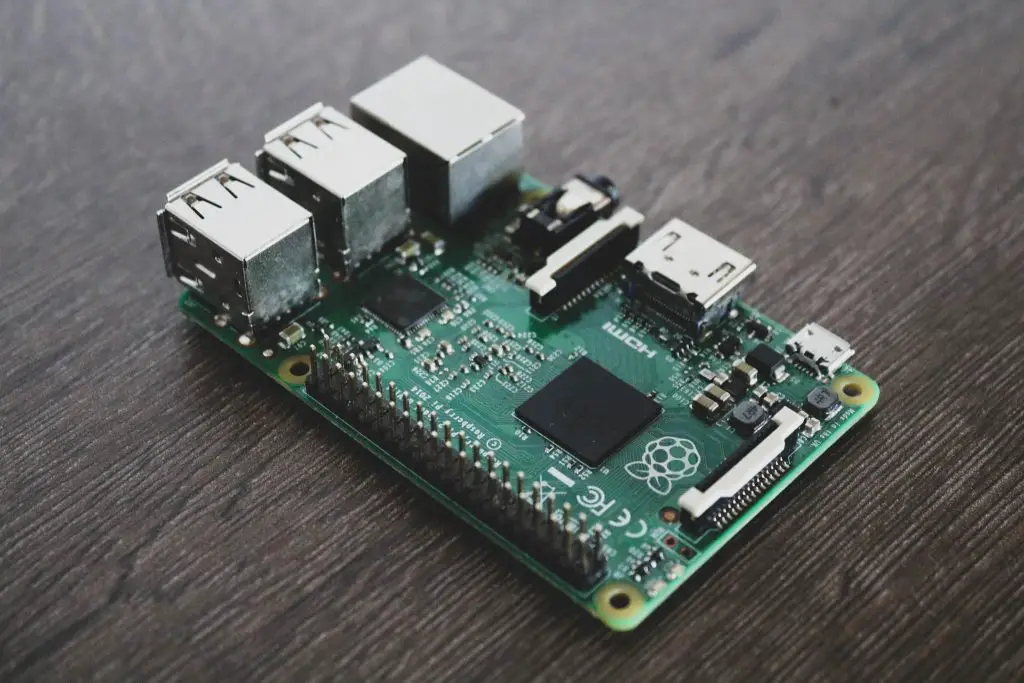
5. Control Board
A control board regulates the flow of electricity into the compressor. A bad control board may cause the compressor not to run continuously.
6. Evaporator Fan Motor
An evaporator fan motor is responsible for circulating the cold air inside the compartment. If the motor isn’t working, the cold air doesn’t circulate.
7. Faulty Condenser Fan Motor
Condenser fans help to dissipate heat from the condenser coil. If the fan motor stops working, the condenser coil heats up and causes the compressor to stop.
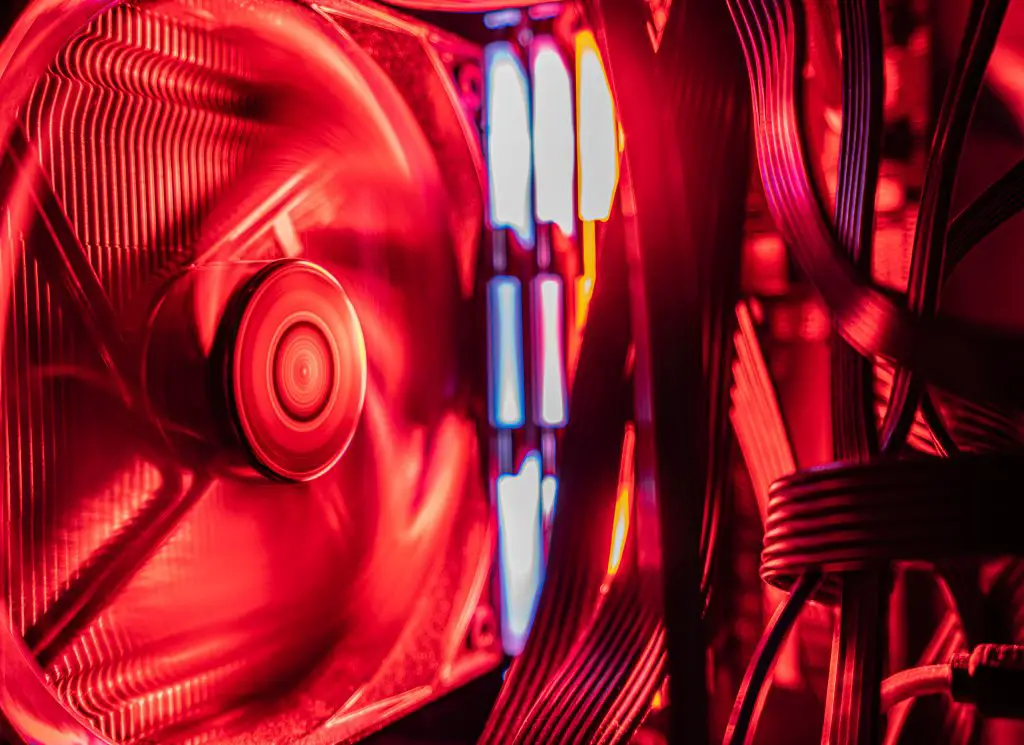
10. Partially Restricted Drier Filter
Water condensation and freon are filtered out of compressor oil by a drier filter in the sealed system. The freon can be unable to circulate quickly enough in the fridge due to a partial restriction in the drier filter.
How to Fix a Mini Fridge: Your Troubleshooting Guide
When it comes to mini fridges, there are many things you might want to know about fixing one. From how much maintenance a fridge needs, to what parts go inside, here are some tips to help you avoid problems.
1. Check the Power Cord
The most common cause of appliances failing is a loose connection in the cord. This could mean the plug is damaged or the socket is worn down.
Try unplugging the appliance and plugging it into another outlet to test this. If the problem persists, replace the plug with a new one.
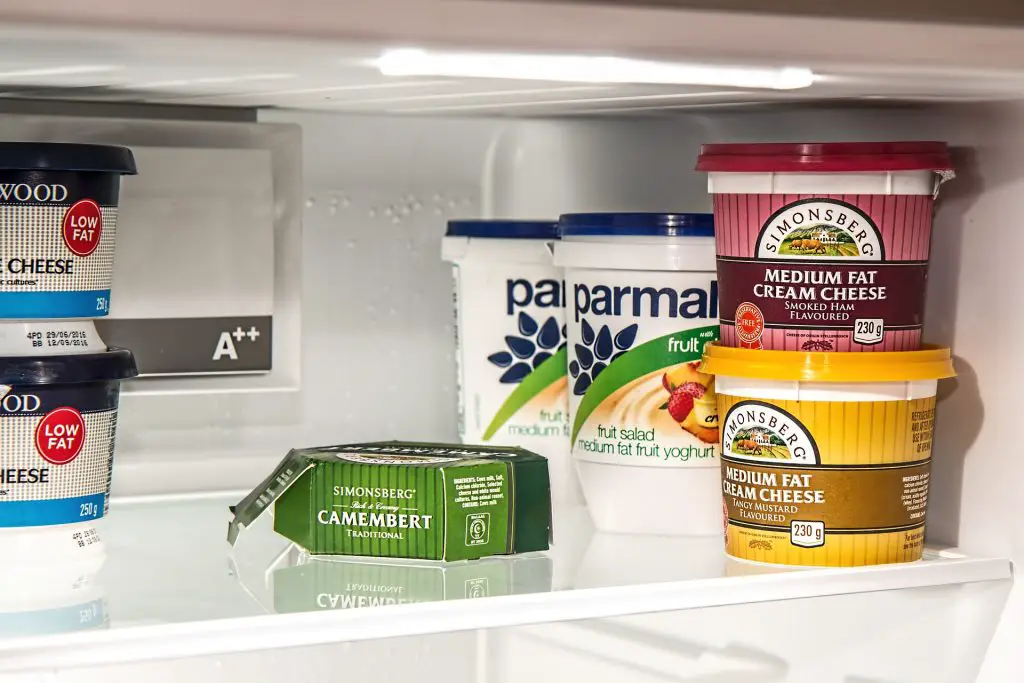
2. Check Your Circuit Breaker
A trip in the breaker box typically indicates an issue with the power source itself. If you notice a tripped circuit breaker, it could mean one of three things:
1. There is a shortage somewhere in the electrical system. This could cause sparks or even fire.
2. You are dealing with a loose connection or damaged wire.
3. There is something wrong with the breaker itself.
Generally, when a breaker has been tripped, it will result in the black switch being in an “off” position and looking different from the rest of the breakers that are usually functioning. Reconnect your fridge by flipping the breaker back on. Wait for several hours to see if it gets cold, and listen for humming to indicate it’s getting power. If you suspect there is damage to the wires, you should call an electrician immediately.
3. Test the Outlet
A multimeter will tell you how much current is drawn from a power source. If it reads 0 amps, the circuit breaker is tripped, and the problem lies within the wiring itself.
You’ll need to check each wire individually to find out where the issue is. To do this, use a voltage detector to measure the voltage drop across each wire. Once you’ve determined the location of the fault, simply replace the faulty wire with a new one.
An electrical receptacle tester tests a wall socket. First, plug the device into the socket and turn the switch on. If the light turns green, the outlet is working fine. However, the outlet isn’t functioning properly if the light flashes red.
To repair the outlet, try plugging the appliance into another outlet until the problem is fixed. Then, follow the steps above to determine where the issue is located and fix it accordingly.
4. Skip the Extension Cord
Extension cords are handy tools that help you power up devices like lamps, phones, laptops, and speakers. They’re great because they allow you to plug in multiple devices without running out of outlets. However, extension cords aren’t always ideal. They can cause damage to highly intensive appliances like a mini fridge, and they can even pose a fire hazard. If you want to avoid problems, it’s best to use a dedicated outlet.
If you must use an extension cord, buy one with a built-in surge protector. Surge protectors prevent surges from damaging electronics, allowing you to use extension cords safely. You’ll find surge protectors at home improvement stores, department stores, and online retailers.
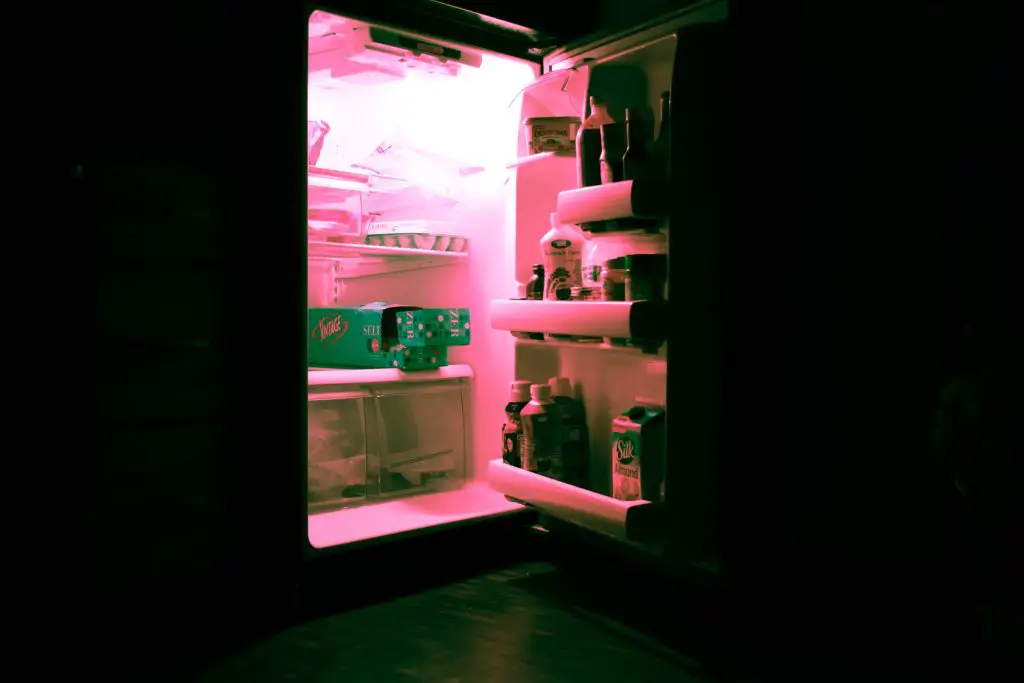
5. Check the Thermostat
There are times when refrigerators aren’t cold enough. First, make sure the thermostat is set correctly. One of the easiest ways to raise the refrigerator’s temperature is by bumping a dial or pushing a button, adjusting the temperature manually, and closing the fridge again. Wait a few hours before checking to see if your refrigerator is operating again.
When your refrigerator’s compressor does not turn back on, or vibrations and humming occur, you may be experiencing a problem with the thermostat. Therefore, your thermostat cannot turn on your refrigerator when it should. If you are handy, you may be able to reconnect the wires or replace the whole thermostat yourself if you have the right tools.
If the thermostat is still malfunctioning, call a professional technician. They’re trained to diagnose problems quickly and fix them safely.
6. Test the Door Seal
The refrigerator door seal is important because it keeps air out of the freezer compartment. If you don’t test it, you could have frost inside the freezer.
To check the seal, put a piece of paper in front of the door partly before closing it. You’ll see a tension form when trying to remove the paper. The seal is good if there is tension. If there is no tension, the seal needs to be replaced.
7. Check the Condenser Coils
The condenser coils are usually located on the back of mini refrigerators and beverage coolers. When you don’t have a front-venting, slide-in refrigerator, you should place the fridge about three inches from the back wall. Consequently, your fridge won’t work as hard to produce cold air since the condenser can exhaust heat properly.
Make sure that the condenser coils are clean by checking the condenser coils next. The problem with your refrigerator’s cooling efficiency is the way it collects dust and pet hair over time; this can seriously degrade the effectiveness of its cooling system. These can either be found at the back of your mini fridge or underneath, behind a grate or cover, which may hide them from sight. Set a reminder on your phone to remind you to use an electrostatic duster to clean the coils twice a year to keep things working well.

8. Check Interior Vents for Blockages
Cold air needs to circulate freely throughout your refrigerator. If you notice that no warm air currents are coming out of the vents, it could mean that something is blocking the flow of cold air. This could lead to condensation inside your refrigerator, damaging the interior and making it harder to keep things chilled.
A hairdryer will help clear away any ice buildups. In addition, it will melt the ice inside your refrigerator. Also, run the dryer over the exterior vent area to loosen up any blockage.
Don’t overload your fridge with food and beverages. Too many items can slow cool air circulation, leading to a burning freezer. Also, try to avoid putting hot items near the door where they’ll come into contact with the cold air.
9. Defrost the Freezer
To defrost the freezer, unplug the fridge and open the freezer door. Next, move all frozen foods to another fridge and leave the bottom shelf empty. Then, wait for the frost to melt. Once the frost has melted, clean the shelves thoroughly and remove all the water from the drain pan. Finally, close the freezer door and plug the fridge back in.
10. Check the Fans
If your refrigerator isn’t producing enough cold air, it might not get sufficient airflow through the fan. To determine whether the fans are running correctly, turn off the power switch and look at the fans. Check for any debris, such as dirt, dust, or lint, that could cause the fan blades to stick. Clean the fan blades using a vacuum cleaner attachment.
Next, flip the power switch back on and listen for the fans to start spinning. If they do, then everything is fine. However, if they don’t spin, you need to replace the fans.
11. Checking Your Warranty
If you’re considering purchasing a new refrigerator, you might want to check the warranty on the old one first. Most fridges are covered under manufacturer warranties longer than consumers realize. For example, many manufacturers offer a 10-year warranty on refrigerators, while some even extend coverage up to 15 or 20 years.
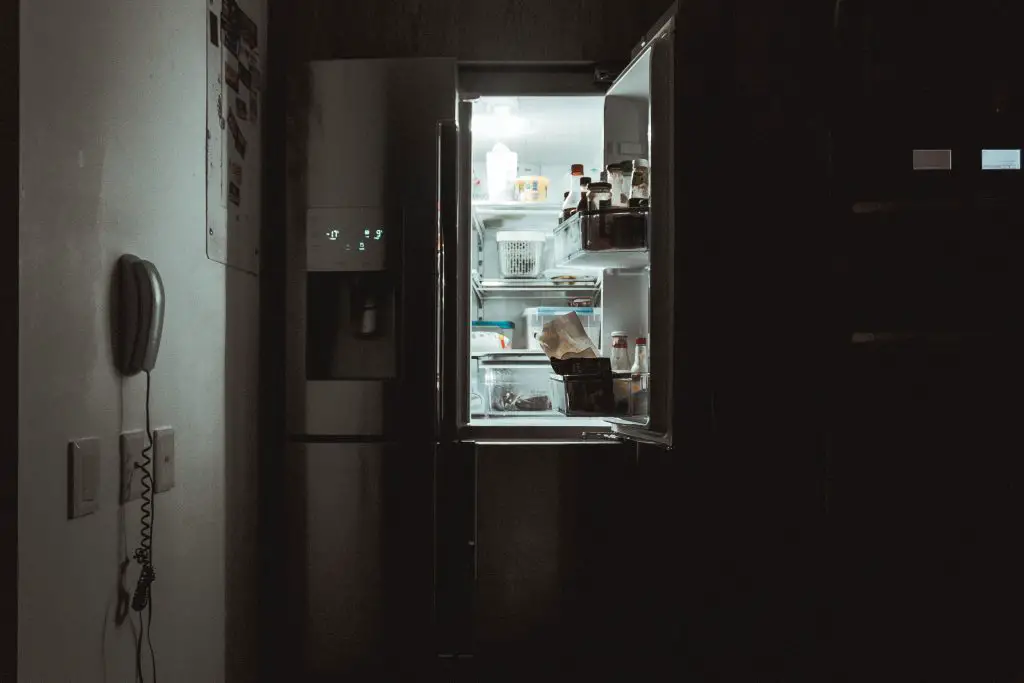
The mini fridge is not cooling, but the light is on
The compressor could be broken and needs to be repaired if you turn the thermostat down to a very low, cold setting and the compressor doesn’t kick into gear. As a result, the mini fridge will not cool, but the light will be on.
This is common with mini-fridges. When the temperature drops too low, the compressor turns on and keeps running until the temperature rises again. If the compressor is broken, it won’t turn on. But the light will stay on.
Brand new mini fridge not cooling
You should also check the thermostat. The thermostat controls how much heat gets pumped into the mini-fridge. If the thermostat is set too high, it may prevent the compressor from turning on when needed. In this case, you should lower the thermostat so that the mini fridge can cool properly.
Mini fridge compressor hot
You may find your refrigerator compressor running hot for several reasons, including a lack of refrigerant, a low temperature inside the unit, or a faulty sensor. In addition, there are several reasons why your refrigerator’s compressor may have clogged up, including a problem with the condenser coils or a problem with the internal temperature settings.
The mini fridge compressor is not running
The compressor may not start if the start capacitor is defective. If the compressor does not start, check for a short circuit in the electrical system or a bad connection at the starter switch. If you find a problem with the electrical system and the starter switch, then replace the starter switch.

Why is my mini fridge light blinking?
If you’re noticing that your mini fridge’s light is blinking or the compressor is not working, there’s likely a problem with the appliance. Here are a few possible causes:
- A defective compressor can happen if the motor burns out or becomes clogged with debris. In either case, it’ll require professional repair to fix.
- A blinking temperature light means that the thermostat has malfunctioned or the temperature is too high. And the mini fridge needs to cool down.
- You may have frosted up the air door between the fridge and freezer, or the freezer fan is not blowing cold air into the fridge side if your mini fridge is blinking green.
How do I know if my mini fridge is broken?
If you’re having trouble keeping your mini fridge cold, it might be time to check if the compressor is broken. Mini fridges use compressors to keep food cold, so if the compressor is not working, the fridge will not be able to keep food cold. If you’re unsure if your mini fridge is broken, you can test it by:
– If it’s not cold enough, you’ll feel it in your hands.
– It may have stopped cooling properly.
– You may see ice build up on the shelves.
– Loud noises are coming from the compressor.
– A flickering light.
– If it’s still not working, you may need to call an expert.
How do you reset a mini fridge?
First, check the refrigerator’s power cord for obstructions or frays. If the power is still coming on, you may have a problem with the compressor.
To reset the mini fridge, you need to turn off the electricity to the unit and wait for about 45 minutes. Then, turn the power back on and check.
If you’ve tried all these tips and the mini-fridge is still not working, you should contact a professional who can help diagnose the issue.
Conclusion
We hope this article helped you learn more about the common compressor, start relay, temperature thermostat, and control board problems with mini-fridges.
When having issues with your mini fridge, the best thing to do is to call a professional. They have experience dealing with these problems and know how to fix them quickly and efficiently.
If you have any questions or comments, please leave them below!
Frequently Asked Questions
The first possibility is that the compressor is not working. If the compressor does not work, the refrigerator will not get cold.
A fridge compressor may stop working suddenly due to a variety of reasons. One common issue is a failure in the compressor’s motor. Other causes include broken or corroded parts, system blockages, and electrical wiring problems. If you’re experiencing issues with your fridge and don’t know where to start, consult your owner’s manual or call a qualified technician for help.
Check for any power surges or electrical faults if your refrigerator stops working. Next, try unplugging all appliances from the wall socket. Then, turn off the circuit breaker at the fuse box. Finally, remove the back panel cover and look for loose wires or damaged connectors. Once you’ve identified the problem, replace the faulty part and reattach the back panel cover.
If your fridge is not cooling, there are a few things you can check first. First, ensure all the doors and compartments are closed and that nothing is blocking the airflow. Next, check to see if the compressor is working. If it’s not, you may need to replace it.
Yes, unplugging a fridge will reset it. However, it is essential to note that if your fridge does become unplugged and does not start up again, you should always consult a professional to determine the best course of action.



